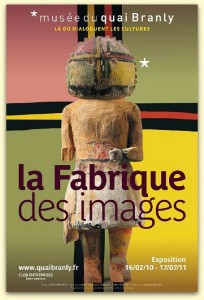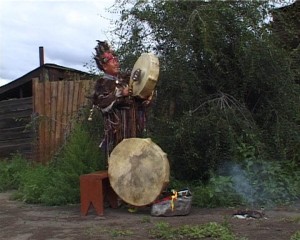 L’équipe ANR “Art • Rituel • Mémoire” vous invite à un débat autour de l’exposition La Fabrique des images (musée du quai Branly)
L’équipe ANR “Art • Rituel • Mémoire” vous invite à un débat autour de l’exposition La Fabrique des images (musée du quai Branly)
avec la participation notamment de Tim Ingold, Carlo Severi, Denis Vidal, Claude Imbert, Jean-Claude Schmitt, Thierry Dufrêne, Yolande Escande, Jean-Marie Schaeffer, Giovanni Careri
et les commissaires de l’exposition, Philippe Descola et Anne-Christine Taylor
le 6 mai 2010, de 10h à 13h
à la Maison Suger (16-18, rue Suger. 75005 Paris).
 Dans le cadre du séminaire “Anthropologie de la mémoire” de Carlo Severi,
Dans le cadre du séminaire “Anthropologie de la mémoire” de Carlo Severi, Dans le cadre du séminaire “Anthropologie de la mémoire” de Carlo Severi,
Dans le cadre du séminaire “Anthropologie de la mémoire” de Carlo Severi,